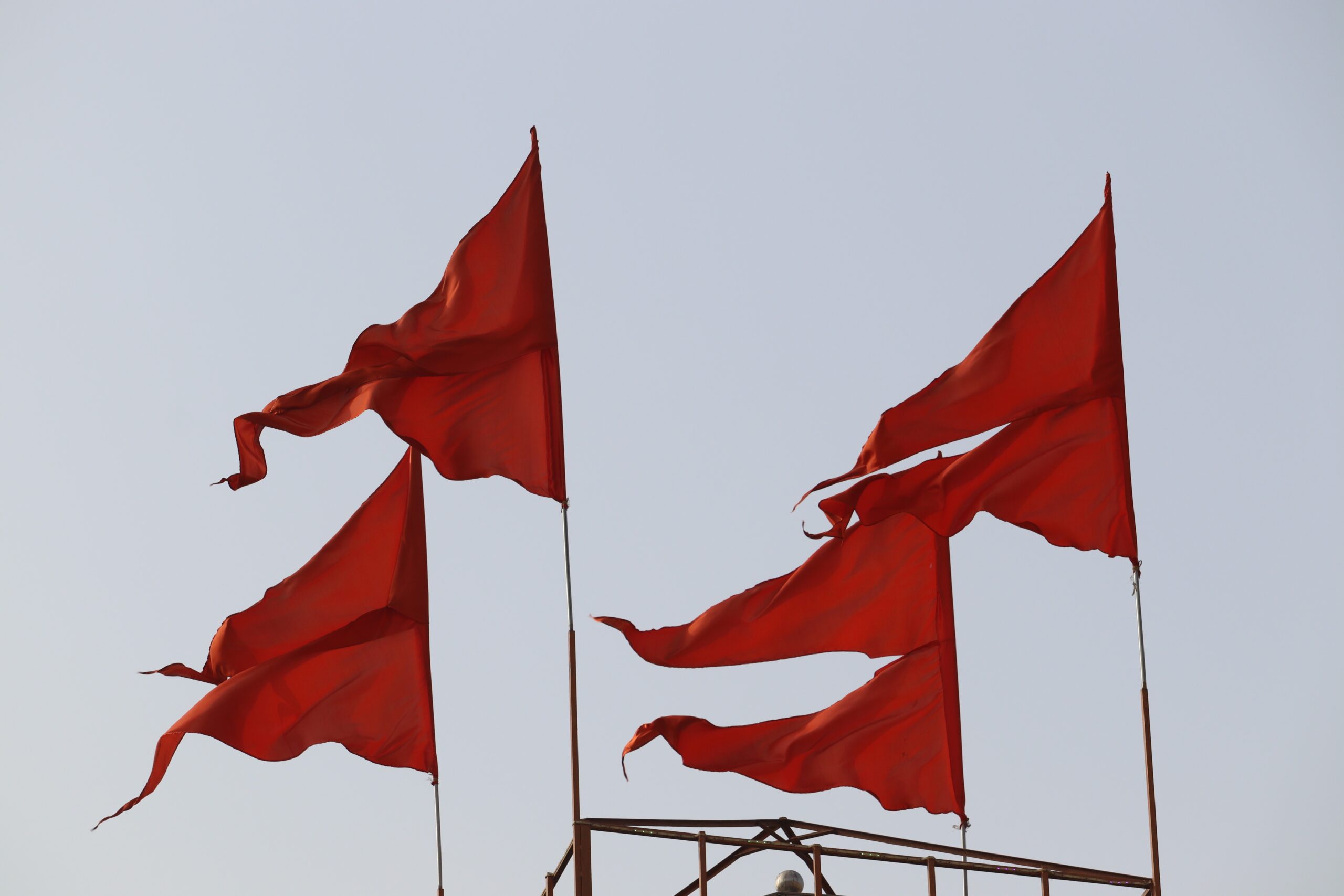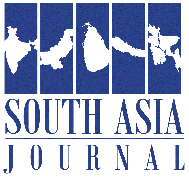
Communal violence in India is not spontaneous—it is a well-crafted political strategy. The recent unrest in Nagpur is a clear manifestation of the BJP’s long-standing pattern: rewriting history through state-sponsored narratives and propaganda films while using mob violence to reinforce these manufactured realities. With a calculated mix of political rhetoric, cinematic influence, and digital misinformation, the ruling party has turned history into a weapon, fueling sectarian divisions for electoral gain.
Bollywood, once a medium for artistic expression and social critique, has transformed into an ideological tool under the BJP’s reign. The party has systematically used cinema to propagate Hindutva narratives, portraying historical Muslim rulers as tyrants and constructing a revisionist version of history that aligns with its Hindu nationalist ideology. Films such as The Kashmir Files, Samrat Prithviraj, The Kerala Story, and most recently, Chhaava, are not mere entertainment; they are part of a broader strategy to shape public perceptions, stoke communal tensions, and reinforce religious polarities. The timing of Chhaava’s release and the outbreak of violence in Nagpur is no coincidence. These propaganda films create an emotionally charged atmosphere where manipulated historical grievances are reignited, compelling mobs to ‘avenge’ perceived injustices. This pattern is not new—each election cycle, a new cinematic narrative emerges, inciting violence and consolidating the BJP’s political base.
The BJP’s revisionist history extends beyond the silver screen to India’s geographical and cultural landscape. Renaming cities, sidelining Mughal contributions, and distorting historical facts serve a dual purpose: erasing the Muslim imprint on India’s past while constructing a monolithic Hindu identity. By branding figures like Aurangzeb as villains while glorifying others selectively, the party crafts a simplistic, binary worldview that fuels communal discord.
Cities like Allahabad have been rechristened as Prayagraj, and Faizabad is now Ayodhya—these are not neutral administrative changes but deliberate erasures meant to reshape public consciousness. The systematic neglect of Mughal-era monuments and the demolition of Islamic heritage sites are integral to this ideological rebranding. These actions send a clear message: the historical contributions of Muslims to India’s civilization are to be erased, while a fabricated Hindu-first narrative is institutionalized. The Nagpur violence is yet another example of this orchestrated cycle. With Chhaava serving as the ideological catalyst, Hindu nationalist groups took to the streets, turning manufactured historical grievances into real-world bloodshed. Such incidents are not anomalies but deliberate outcomes of a state-sponsored strategy to keep Indian society divided and distracted.
While religious tensions dominate headlines, India’s economic indicators paint a grim picture—rising inflation, unemployment, and a slowing GDP growth rate. Instead of addressing these pressing concerns, the BJP weaponizes communal narratives to divert public scrutiny. By manufacturing religious conflicts, the government ensures that economic hardships are overshadowed by sectarian outrage. Furthermore, India’s democratic decline has drawn increasing global criticism. International watchdogs like Freedom House and the V-Dem Institute classify India as experiencing ‘democratic backsliding,’ citing press restrictions, judicial overreach, and religious discrimination. To counteract these critiques, the BJP manufactures domestic unrest, keeping nationalist fervor at its peak and drowning out dissenting voices.
The BJP’s strategy mirrors tactics used by other authoritarian regimes throughout history. Nazi Germany rewrote history to justify Aryan supremacy, China censors historical narratives that challenge Communist Party rule, and Turkey’s Erdoğan promotes Ottoman nostalgia to consolidate nationalist sentiment. India is heading down a similar path, where state-sponsored historical distortions serve to radicalize populations and justify majoritarian politics. The dangers of such revisionism extend beyond India’s borders. As history is rewritten and communal hatred institutionalized, diplomatic relations with Muslim-majority nations face potential deterioration. Additionally, a divided and radicalized India risks long-term instability, where cycles of communal violence become the norm rather than exceptions.
Nagpur’s violence is not an isolated event—it is the outcome of a systematic effort to rewrite history, incite religious hatred, and leverage communal polarization for political consolidation. The BJP’s calculated use of Bollywood propaganda, coupled with its aggressive historical revisionism and targeted misinformation campaigns, represents a dangerous trajectory that threatens India’s pluralistic foundation. If India is to reclaim its democratic and secular ideals, historians, academics, and civil society must challenge these distortions with factual counter-narratives. The battle for India’s historical truth is not just about the past—it is about safeguarding the future from ideological extremism. As long as history remains a political tool rather than an academic discipline, the cycle of misinformation and violence will persist, eroding the country’s rich multicultural heritage. The time to resist is now.
